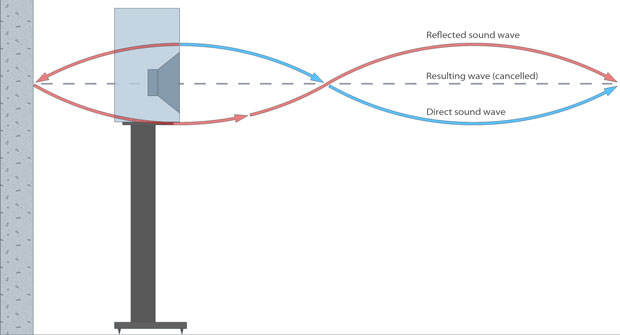
Quarter Wave Box Calculator 21
Quarter-wave transmission line speakers employ enclosures that are tuned to provide low-frequency extension for the speaker driver. There are several types of transmission line enclosures and one of the more popular ones is the mass loaded transmission line (MLTL). Basically, an MLTL is a quarter-wave transmission line enclosure with a port. Before I started to design the speaker box, I needed to know some of the following parameters. Use diyaudioandvideo.com calculator for speaker box volume. This was done at a 1/4' depth with dog bones. Step 21: Acoustic Sheeting. It prevents bad interactions between the wave the driver is currently radiating,.
A few months back, I went into a big box consumer electronics store and wandered back to the elite section. Curious about the fuss, I asked the man to play some music through a pair of fancy $2000 speakers. I had no idea that music could sound that good.
As any DIY person would do, I looked closely at the construction and materials. It was top notch, shiny, well-finished--as expected for the price. Hmmmm.this was just lacquer or veneer covered CNC'ed MDF (Medium Density Fiberboard). As I have a CNC machine at home, I searched the internet.
I was surprised at the extensive resources available to build custom speakers for 10 cents on the dollar. This might be doable. First, a shout out to noahw and his instructable.
Jan 10, 2013 Share this Rating. Title: Prodavets igrushek (2013) 5.6 /10. Want to share IMDb's rating on your own site? Use the HTML below. 
I think that's the first link I found after visiting the big box store. That got me started with the online resources I needed. My goal here is to complement his resource and demonstrate how to design your own bookshelf speakers; specifically, how to use Sketchup and a CNC machine (or power tools) to design and build a better set of bookshelf speakers. It's a logical step to imagine using these skills to build a full size house-shaking, mind-blowing, floor-standing set for your home theater. You could build a wooden box, cut some holes in it, drop in the speaker drivers and make a visually pleasing enclosure.
You might get lucky, and it will sound great. However, without taking into account the technical details and specifications of a particular driver or driver set, you'll have no way of knowing if your box sounds the best it can sound. My goal here is limited. I am not going to wind my own crossovers or get into the weeds about how to break down which frequencies get distributed to which driver. I am going to start small. I do have my mind set about building a full size house-shaking, mind-blowing, floor-standing set eventually.:) The amount of technical expertise, knowledge, and opinion available is astounding and intimidating, but you have to start somewhere. This is where I started.
Your constructive comments are welcome. I will update my instructable as needed. My goal is to build a nice computer or bookshelf speaker set with a small amplifier.
I want to build speaker enclosures with a nice set of drivers that expose some of the fine details and texture of good music without being too shrill or too boomy. This project did not happen in one fell swoop. I made lots of calculation errors, ruined a bunch of MDF and redesigned them multiple times. I still don't know if I got it right.
But the process is part of the fun. For this project, I have released my files, but if you want, design and build your own with your own specific drivers. With respect to the tools that you have access to, you may need to design your enclosures differently. A table saw, router, and scroll saw could replace the use of CNC machine with some design changes. Even hand tools used with skill could build an accurate box. However, I am going after technique and method.
Hopefully these instructions will carry over to your specific project. There's some math involved, and I am trying to be accurate. Accuracy is only important as far as planning goes. Your ears may not even be able to tell the difference between good and perfect. The humidity of the air, the moisture in the wood, and even your personal preferences, etc., play a larger role in what the optimum speaker cabinet design for a particular set of drivers.
There are bunch of other theories and equations that may be just as good if not better. Some of the calculators I've used probably apply to bigger drivers like subwoofers, but I wanted the experience. To create a pair of bookshelf or computer speakers, I needed to find a full range driver. (Drivers, by the way, are the parts that vibrate to make sound) But, you might ask, what about tweeters, mids, woofers and crossovers? I am glad I got you excited about those things, but I want to figure out how to optimize just one type of driver for this project. Drivers are manufactured to optimize sound reproduction for a particular range of sound.